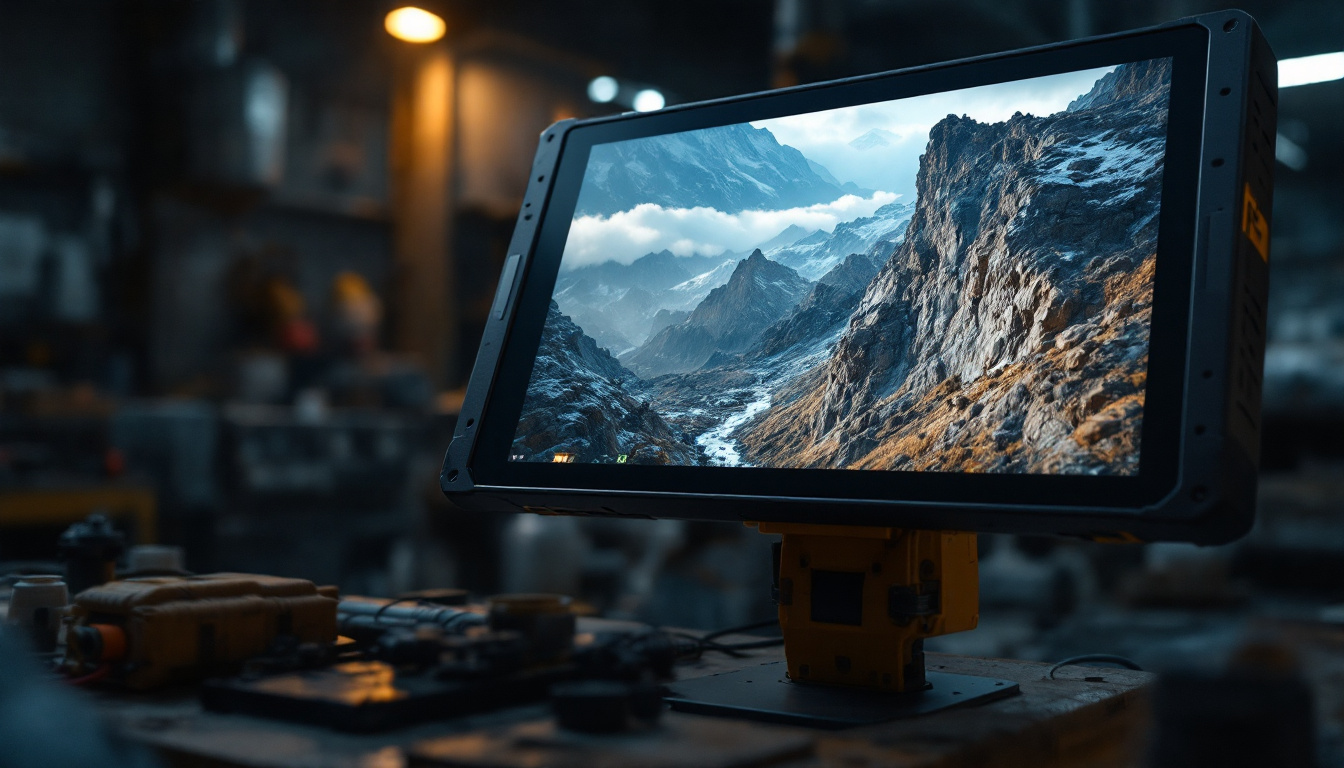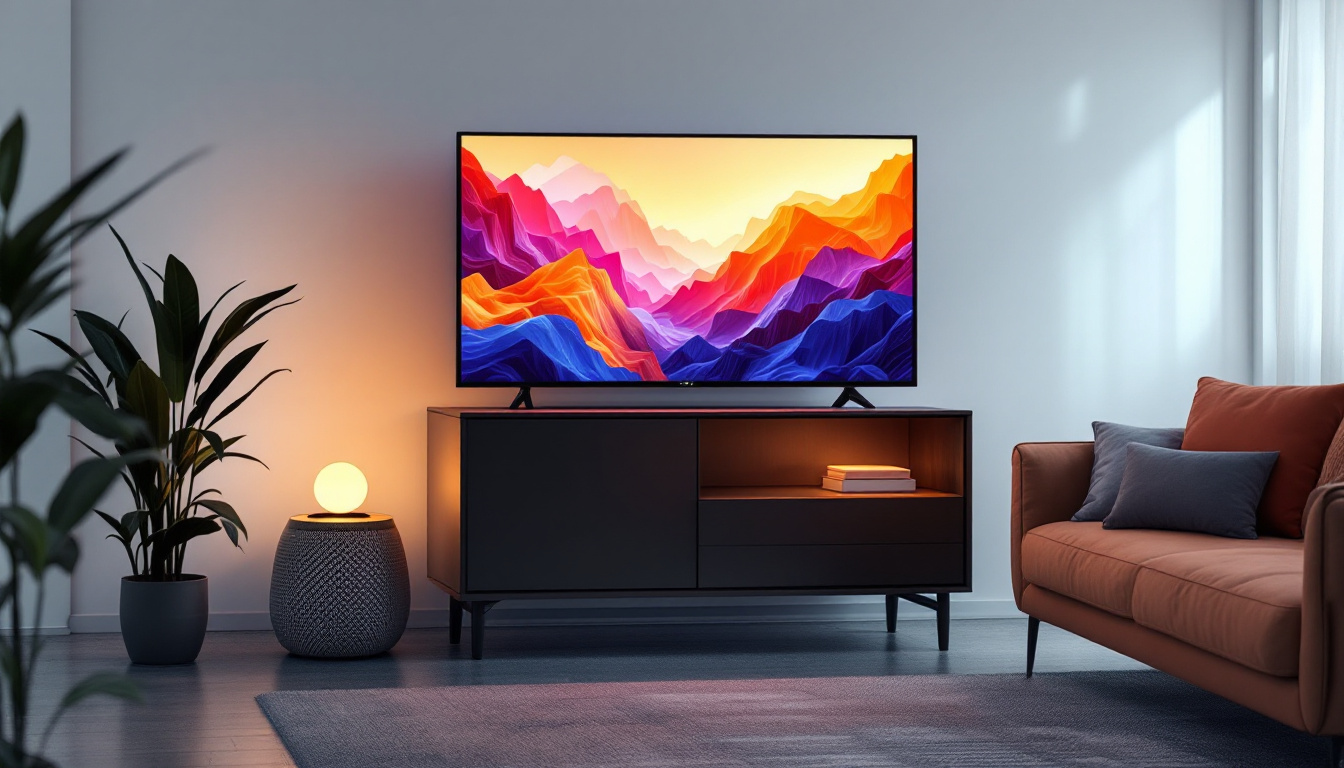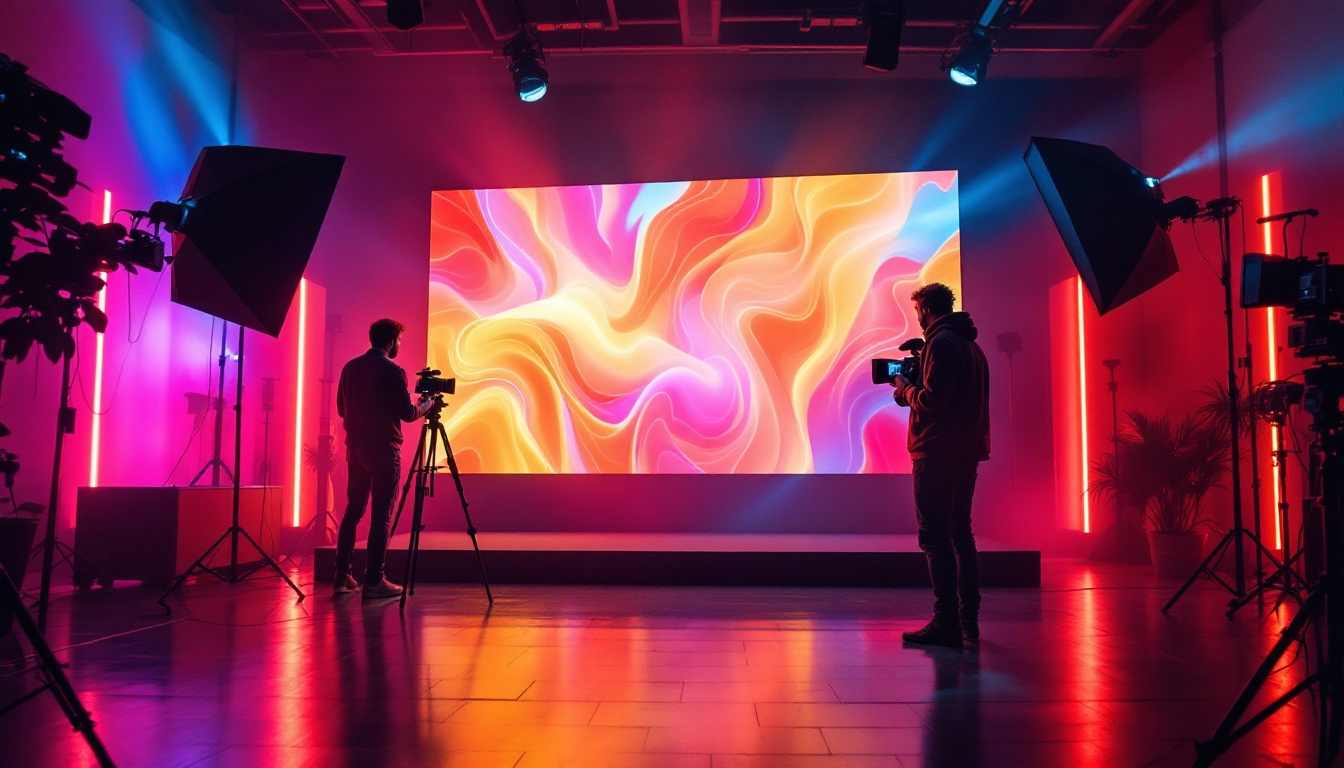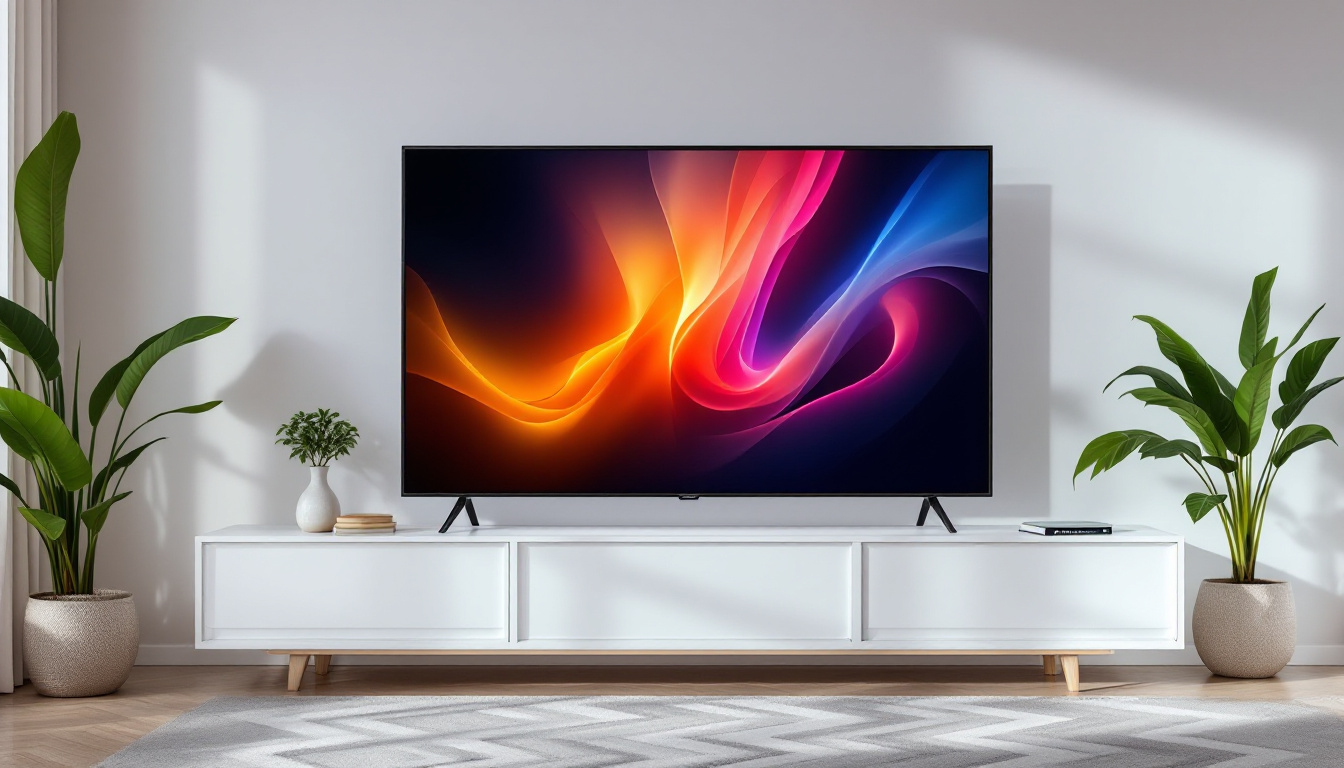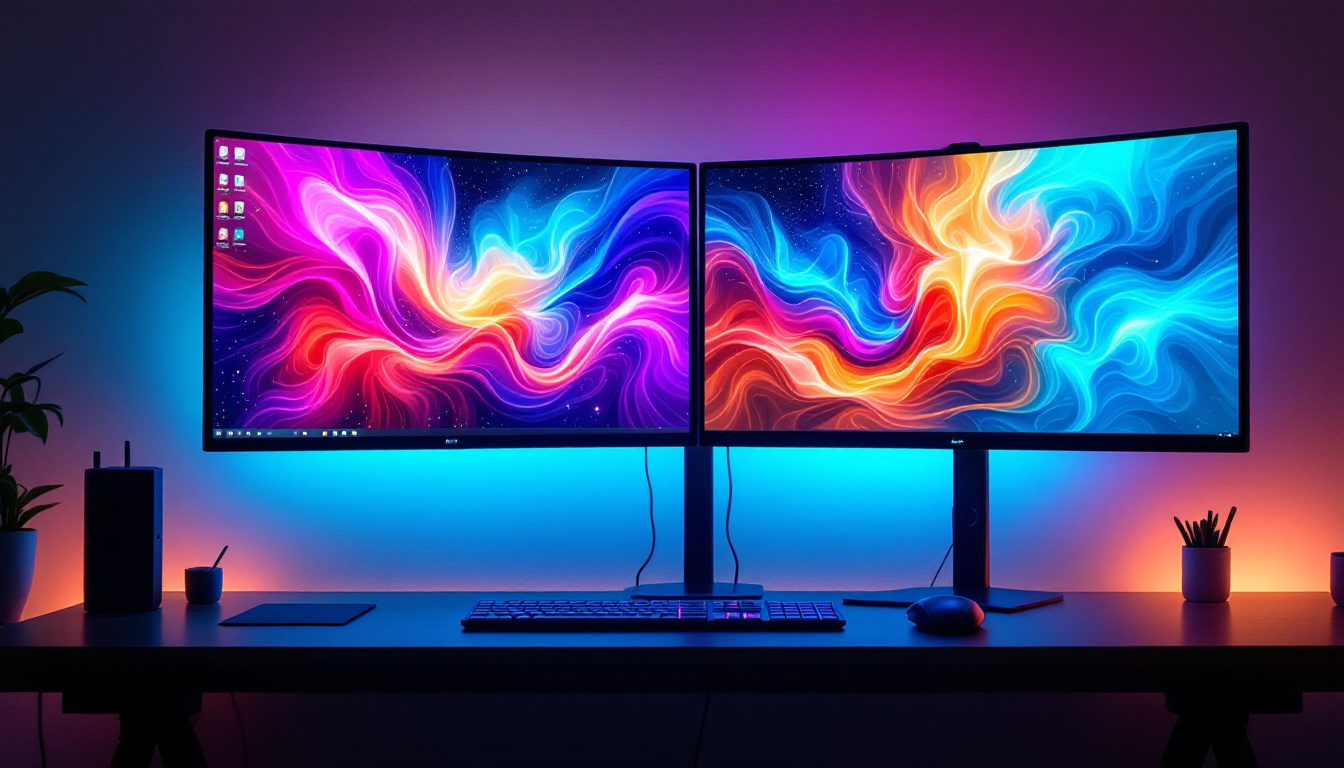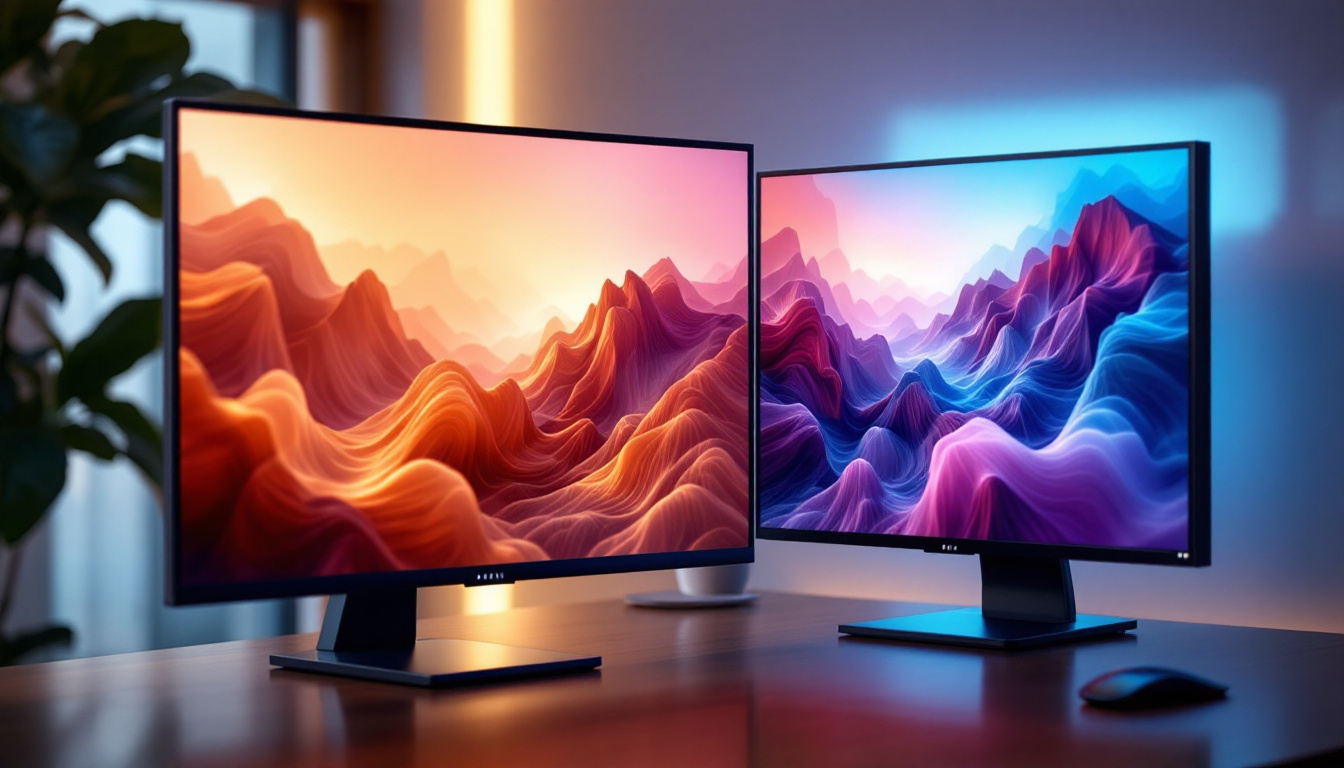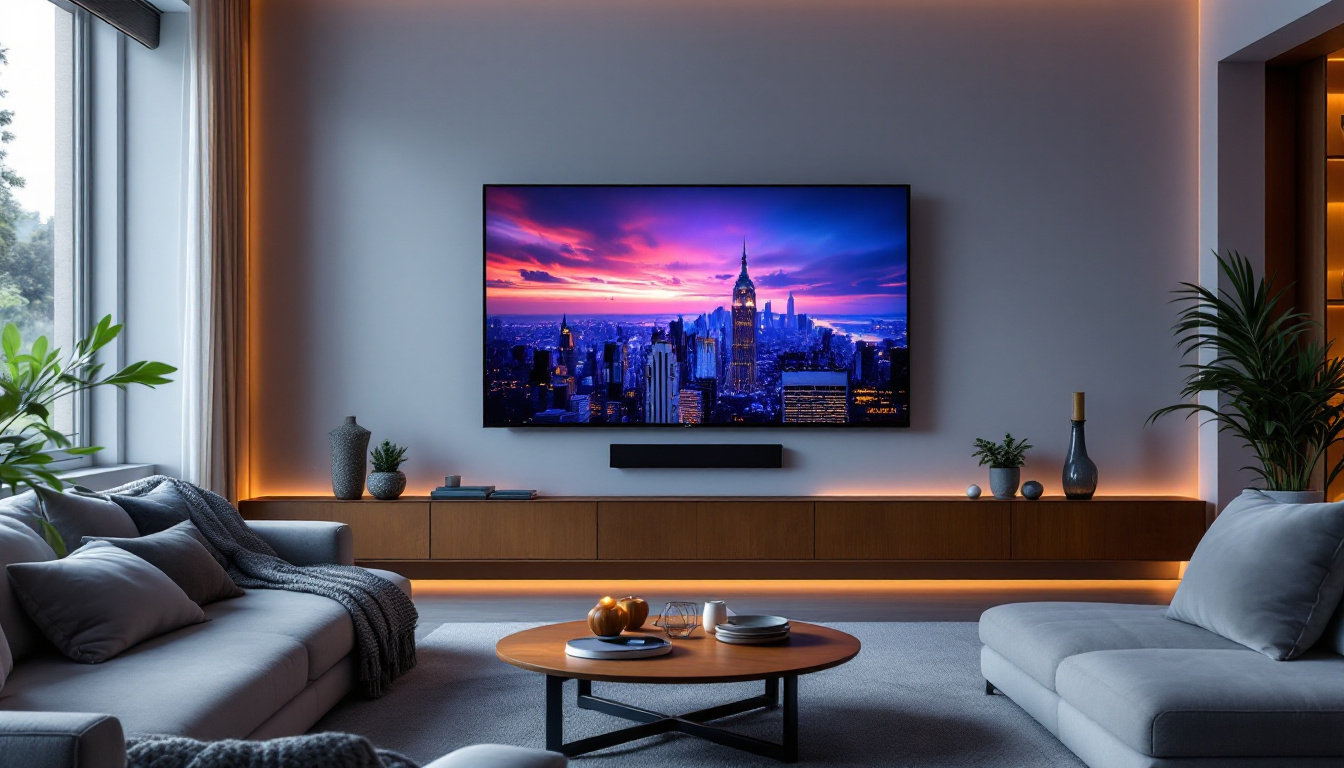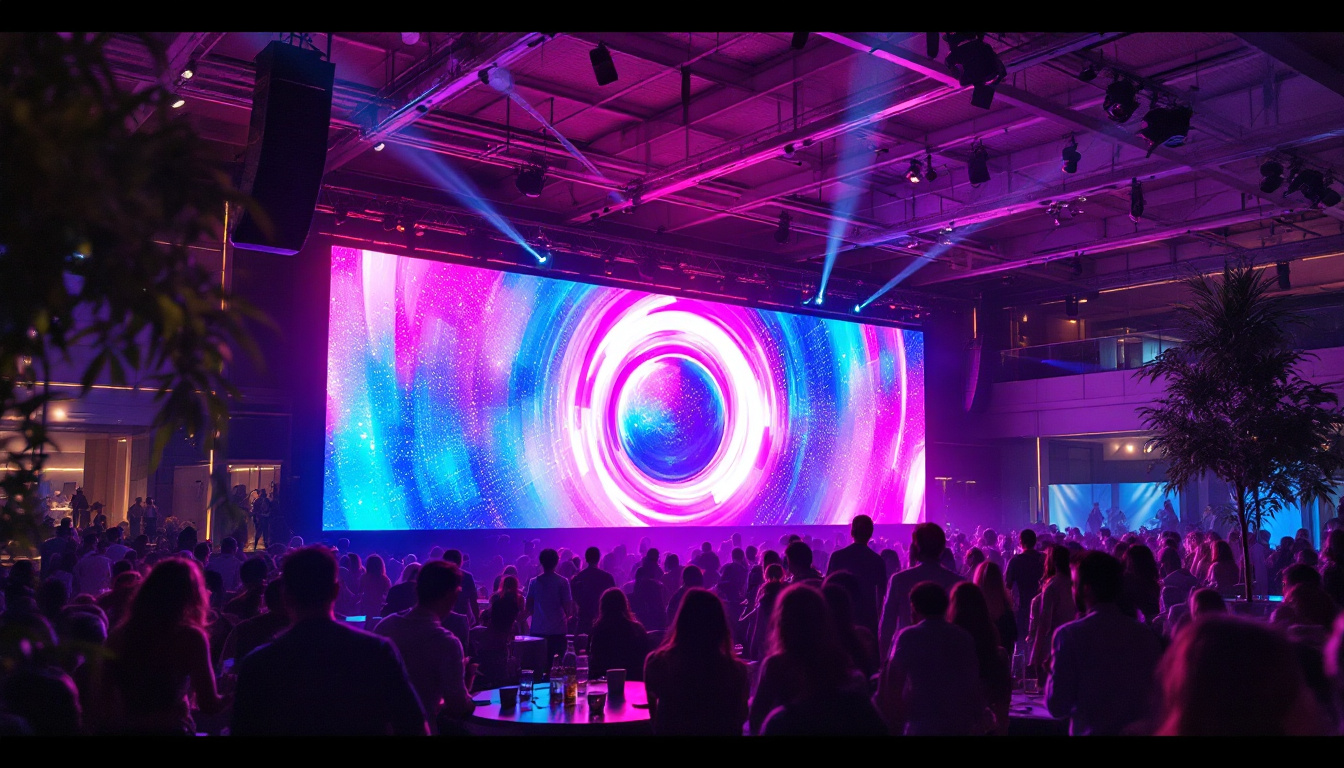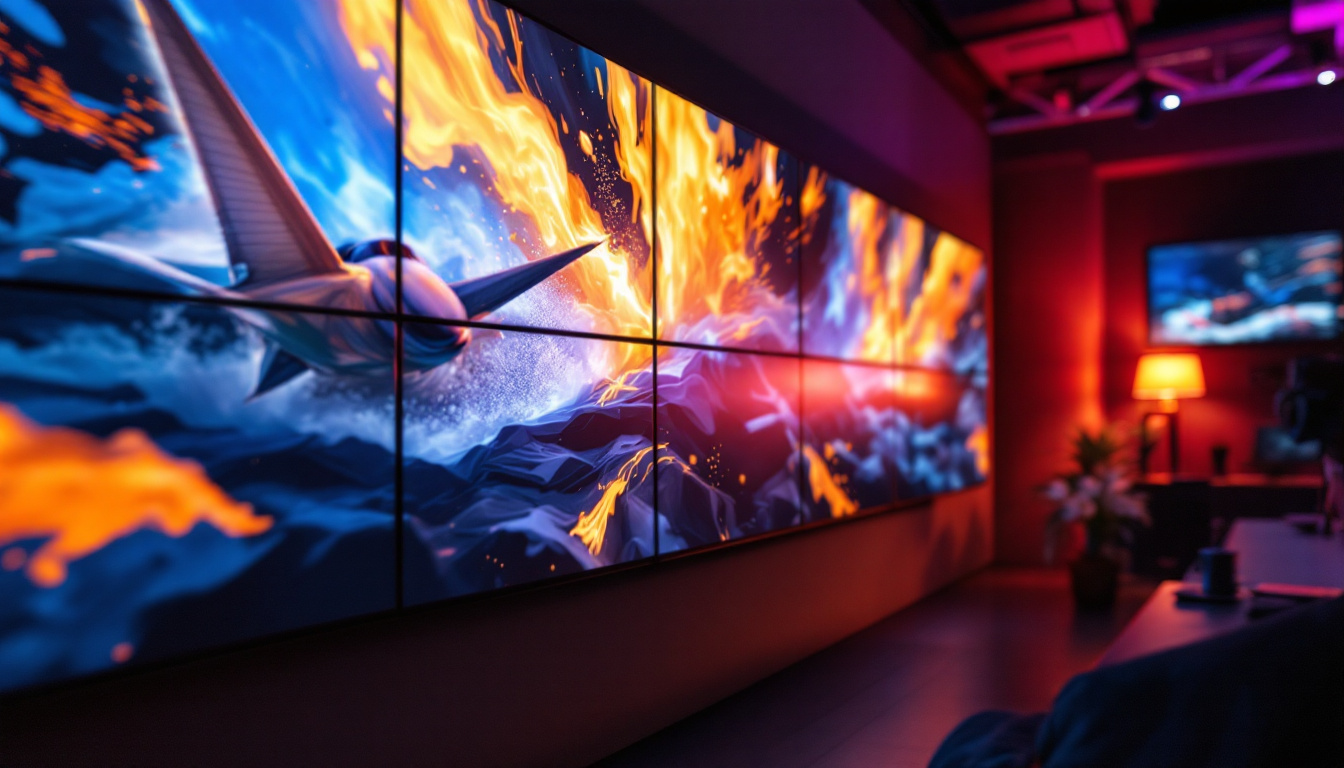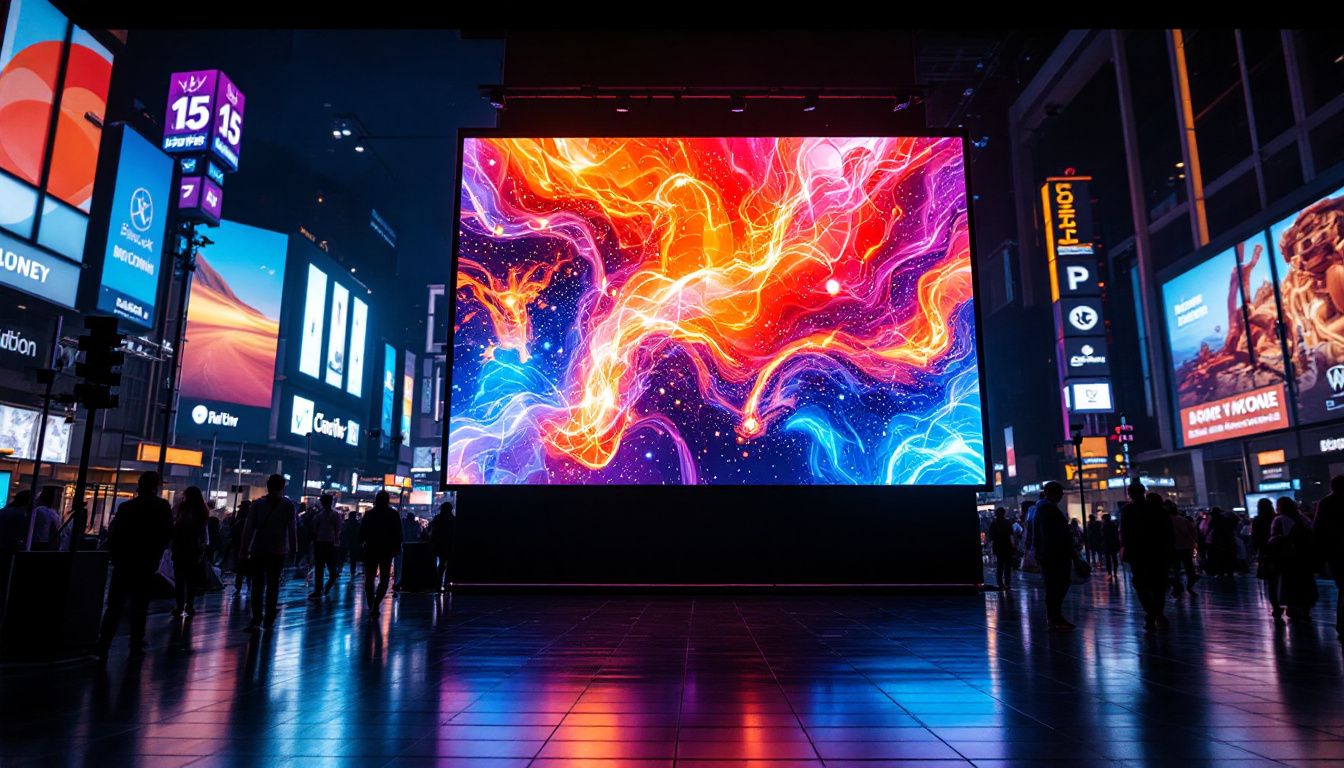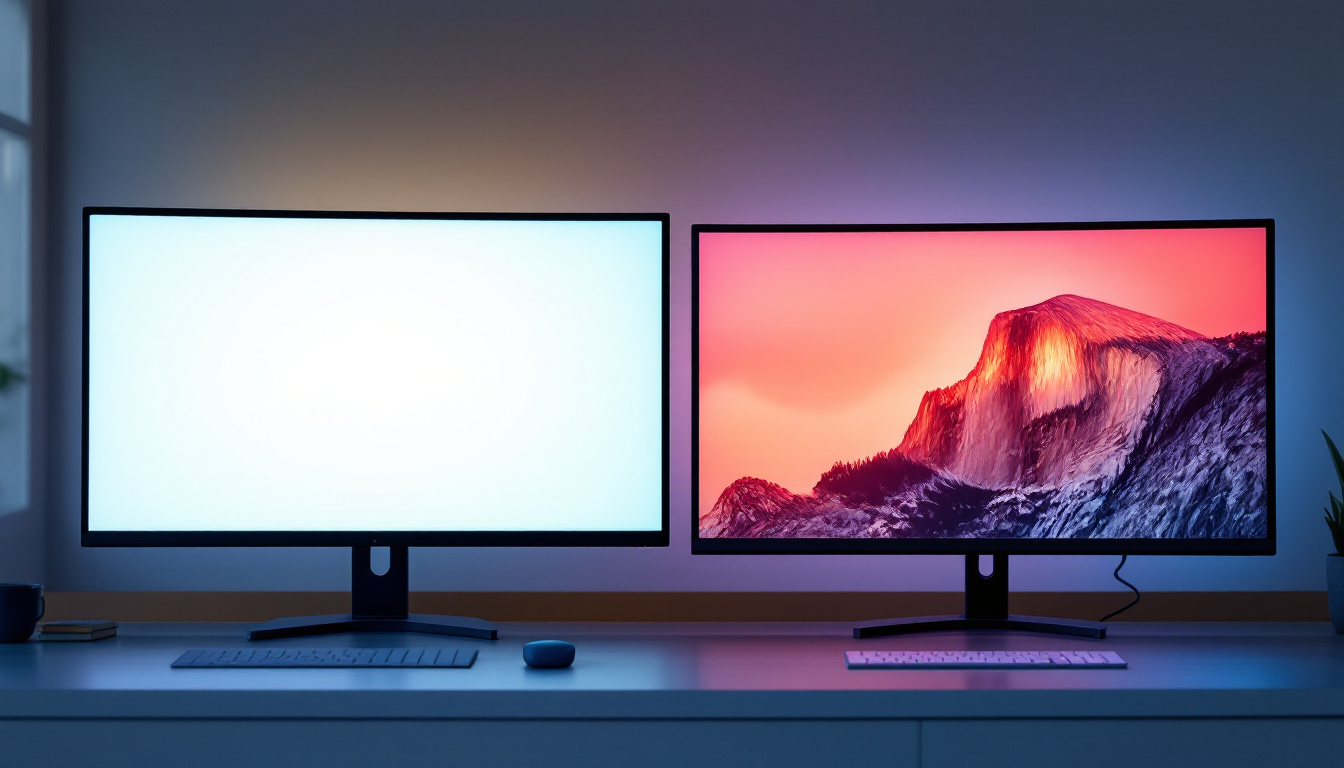In today’s fast-paced technological landscape, rugged touch screen monitors have become increasingly essential across various industries. These specialized displays are designed to withstand harsh environments while providing reliable performance. This article delves into the intricacies of rugged touch screen monitors, focusing on their LED display technology, applications, and advantages.
Understanding Rugged Touch Screen Monitors
Rugged touch screen monitors are built to endure extreme conditions, including temperature fluctuations, moisture, dust, and mechanical shocks. Unlike standard monitors, these devices are engineered with durability in mind, making them ideal for industries such as manufacturing, military, healthcare, and transportation. Their design not only focuses on resilience but also on functionality, ensuring that they remain user-friendly even in the harshest environments. This combination of toughness and usability makes them indispensable tools in critical operations where failure is not an option.
Key Features of Rugged Touch Screen Monitors
Several features distinguish rugged touch screen monitors from their conventional counterparts. These include:
- Durability: Rugged monitors are constructed with robust materials that can resist impacts and abrasions, often featuring reinforced glass that minimizes the risk of shattering.
- Water and Dust Resistance: Many models come with IP ratings that indicate their level of protection against water and dust ingress, ensuring that they can operate effectively in environments like construction sites or outdoor settings.
- Wide Operating Temperature Range: These monitors can function effectively in extreme temperatures, making them suitable for outdoor and industrial applications, with some models capable of operating in temperatures as low as -20°C to as high as 60°C.
Applications of Rugged Touch Screen Monitors
Rugged touch screen monitors find applications in various sectors, enhancing productivity and safety. Some notable areas include:
- Manufacturing: Used on factory floors for monitoring processes and controlling machinery, these monitors facilitate real-time data access, allowing operators to make informed decisions quickly.
- Military: Deployed in field operations where reliability and durability are critical, rugged monitors are often integrated with advanced communication systems to provide soldiers with vital information in combat scenarios.
- Healthcare: Utilized in hospitals for patient monitoring and data entry, often in sterile environments, these devices are designed to withstand frequent cleaning and disinfection without compromising functionality.
Additionally, rugged touch screen monitors are increasingly being adopted in the transportation sector, where they serve as vital interfaces for navigation and logistics management. In vehicles such as trucks and emergency response units, these monitors provide drivers with essential information while ensuring that they can operate even in the most challenging weather conditions. Their ability to remain operational despite vibrations and shocks makes them a preferred choice for fleet management systems, enhancing both safety and efficiency on the road.
Moreover, the rise of smart technology has led to the integration of advanced features in rugged touch screen monitors, such as multi-touch capabilities and enhanced connectivity options. This evolution allows for seamless interaction with other devices and systems, enabling users to access data and control machinery with greater ease. As industries continue to prioritize safety and efficiency, the demand for rugged touch screen monitors is expected to grow, paving the way for innovations that will further enhance their capabilities and applications.
LED Display Technology in Rugged Monitors
At the heart of many rugged touch screen monitors lies LED display technology. This technology offers several advantages that enhance the user experience, particularly in challenging environments.
What is LED Display Technology?
LED, or Light Emitting Diode, display technology utilizes semiconductor materials to emit light when an electric current passes through them. Unlike traditional LCD displays that rely on backlighting, LED displays provide their own light source, resulting in improved brightness and energy efficiency. This fundamental difference not only enhances visual clarity but also allows for thinner and lighter monitor designs, making them ideal for mobile applications in demanding settings.
Benefits of LED Displays in Rugged Monitors
The incorporation of LED technology in rugged touch screen monitors brings numerous benefits:
- High Brightness: LED displays can achieve higher brightness levels, making them easier to read in direct sunlight or bright environments.
- Energy Efficiency: LED monitors consume less power compared to traditional displays, contributing to longer battery life in portable devices.
- Longevity: LED technology is known for its durability and long lifespan, reducing the need for frequent replacements.
Additionally, LED displays are less susceptible to temperature fluctuations, which is particularly beneficial for rugged monitors used in extreme conditions. This resilience ensures that the monitors maintain consistent performance and color accuracy, even when exposed to harsh weather or varying temperatures. Furthermore, the rapid response time of LED displays enhances the touch experience, allowing for smoother interactions and quicker feedback in applications where timing is critical.
Another noteworthy aspect of LED technology is its ability to support a wide color gamut, which means that rugged monitors can display more vibrant and accurate colors. This feature is especially important in fields such as design, medical imaging, and industrial applications, where precise color representation is crucial for effective decision-making. As industries continue to evolve and demand more from their display technologies, LED displays in rugged monitors are poised to lead the way, providing the reliability and performance needed in today’s fast-paced environments.
Choosing the Right Rugged Touch Screen Monitor
Selecting the appropriate rugged touch screen monitor involves considering various factors that align with specific needs and environments. Here are key aspects to keep in mind:
Size and Resolution
The size and resolution of the monitor play a crucial role in usability. Larger screens with higher resolutions offer better visibility and allow for more detailed information to be displayed. However, the choice should also factor in the available space and the intended use case. For instance, a monitor used in a vehicle may need to be compact enough to fit within the dashboard, while a monitor in a factory setting might benefit from a larger display to facilitate collaboration among teams. Furthermore, consider the viewing angles; wide-angle displays can be advantageous in environments where multiple users need to see the screen simultaneously.
Touch Technology
Different touch technologies are available, including resistive and capacitive touchscreens. Resistive touchscreens are typically more durable and can be operated with gloves, making them suitable for industrial settings. Capacitive touchscreens, on the other hand, offer better responsiveness and are more common in consumer devices. Additionally, some advanced rugged monitors incorporate multi-touch capabilities, allowing for gestures such as pinch-to-zoom, which can enhance user interaction and efficiency in applications like mapping or data analysis. Understanding the specific requirements of the tasks at hand can help in selecting the most appropriate touch technology.
Connectivity Options
Connectivity is another critical consideration. Rugged monitors should support various input options, including HDMI, USB, and Ethernet, to ensure compatibility with existing systems and devices. Additionally, wireless connectivity features like Wi-Fi and Bluetooth can enhance flexibility and usability. In many industrial applications, the ability to connect to remote data sources or collaborate with other devices wirelessly can significantly streamline operations. Moreover, consider the durability of the ports and connectors; rugged models often feature reinforced connections that can withstand harsh conditions, ensuring reliable performance over time.
Environmental Resistance
When choosing a rugged touch screen monitor, it’s essential to evaluate its environmental resistance capabilities. Monitors that are rated for IP65 or higher can withstand dust and water exposure, making them ideal for outdoor or manufacturing environments where spills and debris are common. Additionally, factors such as temperature tolerance and shock resistance should be assessed, especially if the monitor will be used in extreme conditions or mounted on vehicles. Some rugged monitors are designed to operate in a wide range of temperatures, ensuring functionality in both freezing and high-heat scenarios, which is crucial for maintaining productivity in diverse settings.
Durability and Build Quality
The overall durability and build quality of a rugged touch screen monitor are paramount, particularly in demanding environments. Look for monitors constructed with robust materials such as aluminum or reinforced glass, which can resist impacts and scratches. Certifications like MIL-STD-810G indicate that the device has undergone rigorous testing for durability against drops, vibrations, and other physical stresses. Additionally, consider the warranty and support options offered by the manufacturer; a comprehensive warranty can provide peace of mind, ensuring that you are covered in case of any unforeseen issues during operation.
Maintenance and Care for Rugged Touch Screen Monitors
Even though rugged touch screen monitors are designed for durability, regular maintenance is essential to ensure optimal performance and longevity. Here are some tips for maintaining these devices:
Regular Cleaning
Dust and grime can accumulate on the screen and affect visibility. Use a soft, lint-free cloth and appropriate cleaning solutions to keep the monitor clean. Avoid abrasive materials that could scratch the surface.
Software Updates
Keeping the software up to date is vital for security and performance. Regularly check for firmware updates from the manufacturer to ensure the monitor operates smoothly and securely.
Environmental Considerations
While rugged monitors can withstand harsh conditions, it’s still important to protect them from extreme environments whenever possible. Avoid exposing the device to excessive moisture or extreme temperatures beyond its specified limits.
Future Trends in Rugged Touch Screen Monitors
The market for rugged touch screen monitors continues to evolve, driven by advancements in technology and changing user needs. Here are some emerging trends to watch:
Integration of IoT Technology
The Internet of Things (IoT) is making its way into rugged touch screen monitors, allowing for enhanced connectivity and data sharing. This integration can lead to smarter systems that provide real-time data analytics and improved decision-making capabilities.
Advancements in Display Technology
As display technology continues to advance, new innovations such as OLED and MicroLED may become more prevalent in rugged monitors. These technologies offer improved color accuracy, contrast ratios, and energy efficiency, further enhancing user experience.
Increased Customization Options
Manufacturers are increasingly offering customizable rugged monitors to meet specific industry needs. This trend allows users to select features such as screen size, touch technology, and connectivity options that best suit their applications.
Conclusion
Rugged touch screen monitors equipped with LED display technology are indispensable tools in various industries, providing durability, reliability, and enhanced performance in challenging environments. Understanding the features, benefits, and maintenance of these devices is crucial for organizations looking to invest in technology that can withstand the test of time.
As technology continues to evolve, the future of rugged touch screen monitors looks promising, with advancements that will likely enhance their functionality and adaptability. By staying informed about these developments, businesses can make informed decisions that align with their operational needs and goals.
In summary, the rugged touch screen monitor is not just a piece of hardware; it is a vital component that can significantly impact productivity, safety, and efficiency in demanding environments. Investing in the right rugged monitor can lead to substantial long-term benefits for any organization.
Discover LumenMatrix’s Advanced LED Display Solutions
Ready to elevate your operational efficiency with rugged touch screen monitors that stand the test of time? Explore LumenMatrix’s innovative LED display solutions, crafted for those who demand excellence in durability and performance. From Indoor and Outdoor LED Wall Displays to specialized options like Vehicle and Sports LED Displays, LumenMatrix offers a comprehensive range of products designed to meet your unique needs. Experience the future of visual communication and make a lasting impression with LumenMatrix. Check out LumenMatrix LED Display Solutions today and transform the way you share your message.

